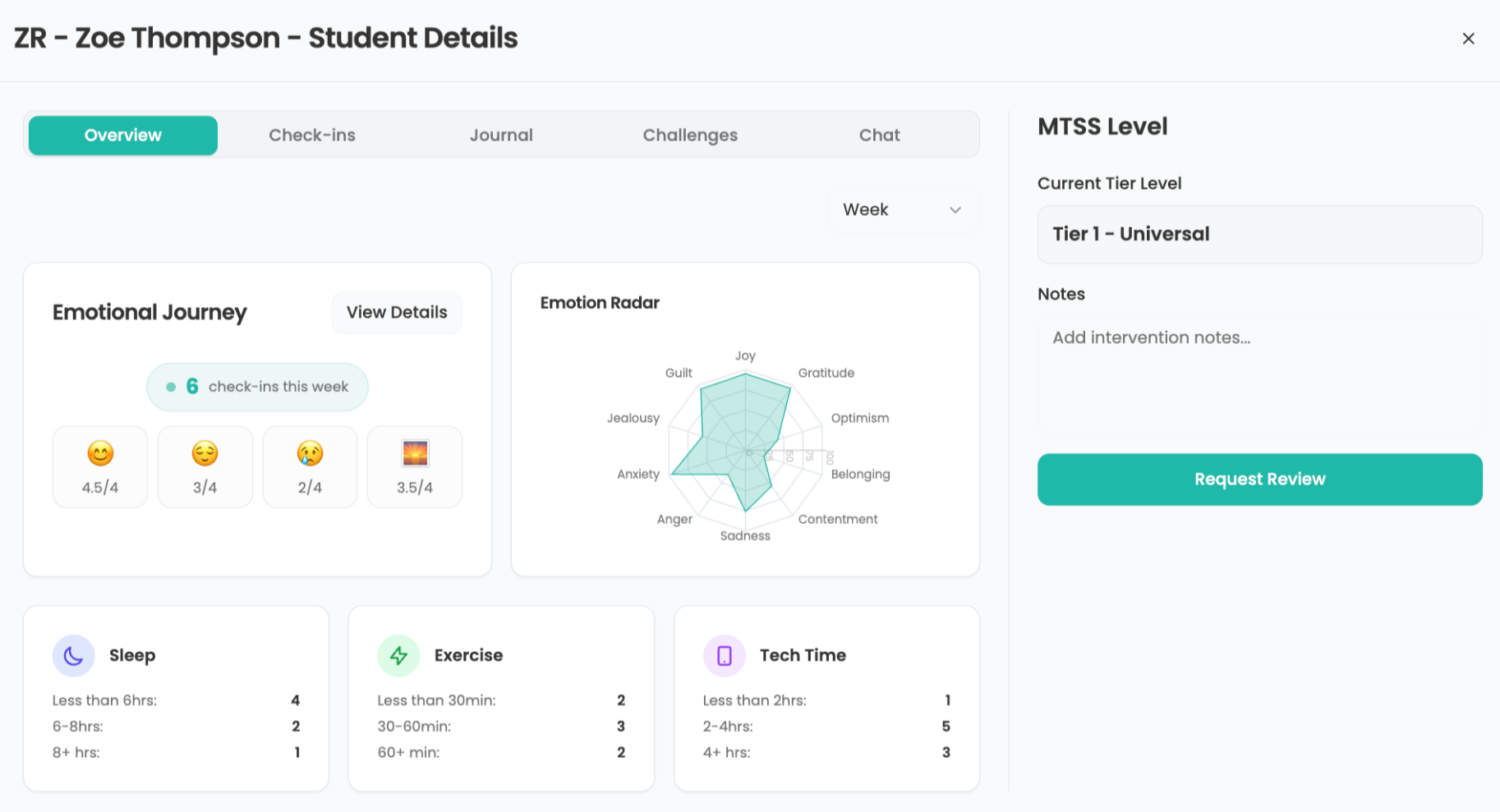How to Help Students Develop Lifelong Math Skills
To build lifelong math skills, providing equitable access to rigorous, grade-level math content is essential

Who: Tara Fulton, District Math Coordinator at Crane Elementary School District No. 13, Yuma, Arizona
In our school district, 100% of students receive free lunch and 16% are English language learners (ELLs). To support learning, all students have an iPad and all instructional staff have a MacBook Air and an iPad, which are the tools used in our mathematics classrooms.
After the Common Core State Standards for Mathematics were introduced, there was a shift in rigor, expecting teachers to teach math much differently. Rather than the teacher-centric “I do, we do, you do” approach, we began a journey to teach mathematics through problem-solving with the learner at the forefront, allowing skills and ideas to emerge from working through rich mathematical tasks.
Our teachers had engaged in training on a problem-based model of learning, but it was difficult to find a freely available, problem-based math curricula that met our needs. We discovered that too many programs relied on the “Do-as-I-show-you” approach, leaving any focus on student reasoning and problem-solving to come only at the end of a lesson. Another issue was that open educational resources (OER) usually don’t provide enough teacher support to help make problem-based learning a reality in the classroom.
To fill the gap, we created our own digital curriculum platform with materials curated from a variety of resources. While some teachers appreciated the autonomy in lesson design, many others wanted a more structured curriculum that they could teach lesson by lesson then add their own flair.
Finding an OER solution
We tried a freely available version of Illustrative Mathematics (IM) 6–8 Math offered by IM- certified partner Kendall Hunt. Our middle school teachers embraced the curriculum because of its predictable lesson structure and the embedded supports were effective in implementing a problem-based approach to mathematics in their own classrooms. Since the curriculum was so well-received, we wanted to offer that option to our K-5 teachers, too, so we signed up to pilot IM K–5 Math beta in our elementary schools.
Pro Tips
Provide professional learning. To prepare for the curriculum rollout, teachers attended two days of professional learning. The goal was to provide a clear picture of how to make problem-based learning happen in classrooms because it’s very different from the traditional approach that many educators experienced as students themselves.
Tools and ideas to transform education. Sign up below.
Teach math through problem-solving. Previously, the instructional model in many classrooms was “stand and deliver,” with the teacher doing most of the thinking and explaining. Now, the teacher is no longer the keeper of math knowledge but allows students to learn new mathematical content by figuring out problems using their own strategies and solutions or making sense of others. Our students explore, grapple with, and work through rich mathematical tasks. Teachers observe, listen in on conversations, ask probing questions to guide thinking, and facilitate discussions about mathematical structures and connections among mathematical ideas and relationships. This routine allows teachers to provide just-in-time support if needed, rather than just-in-case support which can take up valuable instructional time.
Invite students to the math. One of the greatest things to see in our classrooms is teachers beginning each lesson with an invitation to the mathematics. That didn’t always happen before. Starting with an instructional routine like Notice and Wonder proves to be much more engaging and welcoming than asking students to begin copying notes for a lesson. Having an engaging invitation to the math gets kids excited. It captures their interest and shows them that math doesn’t have to be intimidating. It also builds a mathematical community in which students feel safe and their thoughts valued.
Increase equity and access. As much as we try to have equitable learning experiences for all students, our allowance for teacher autonomy in lesson design sometimes causes us to end up with inequities. For example, in a special education or ELL classroom, the teacher may focus primarily on rote skills and procedures with little attention to meaningful mathematics learning. While the teacher may think this helps students, in actuality, it removes their access to grade-level material and high-quality problem types. With our new curriculum, the focus is on equity and access so that all students can engage in rigorous grade-level content. As students respond to the math activities, teachers are able to uncover learning gaps and provide activities at an appropriate depth of knowledge that move towards mathematical proficiency.
Implementing a consistent lesson structure. Each lesson in the curriculum includes an invitational warm-up, problem-based activity, activity synthesis, lesson synthesis, and cool-down. Having a consistent structure to every lesson is very helpful in a classroom setting — and during distance learning — because students know what to expect and how things flow.
Give teachers the tools to be creative. As a 1:1 district, many of our teachers are Apple-certified and very creative in developing ways for students to share their mathematical understanding. Students might record and share a short video using Flipgrid or create a presentation using Keynote to summarize and synthesize their learning. It can look very different from classroom to classroom because of the technology resources teachers use and the variety of ways they can collect student artifacts.
Positive Results
Creating mathematical connections. Coherence is important, too. When students see the mathematical connections among ideas and relationships or from one grade level to the next, they have better retention. They also have a smoother transition because they’ve already been exposed to the lesson structure and supports. When teachers see how well their incoming class is doing and say, “We need this curriculum for all our grades,” then I know things are working and changing for the better.
Building lifelong learners. Since much of the work in our math classrooms is done collaboratively, students have the opportunity to construct viable arguments, critique the reasoning of others, work together, and come to consensus. They develop speaking and listening skills that tie in with our English language arts standards along with other necessary life skills that will be used in their educational careers and long after.
Tech Tools
- Apple iPad
- IM K–5 Math beta certified by Illustrative Mathematics
- IM 6–8 Math certified by Illustrative Mathematics
